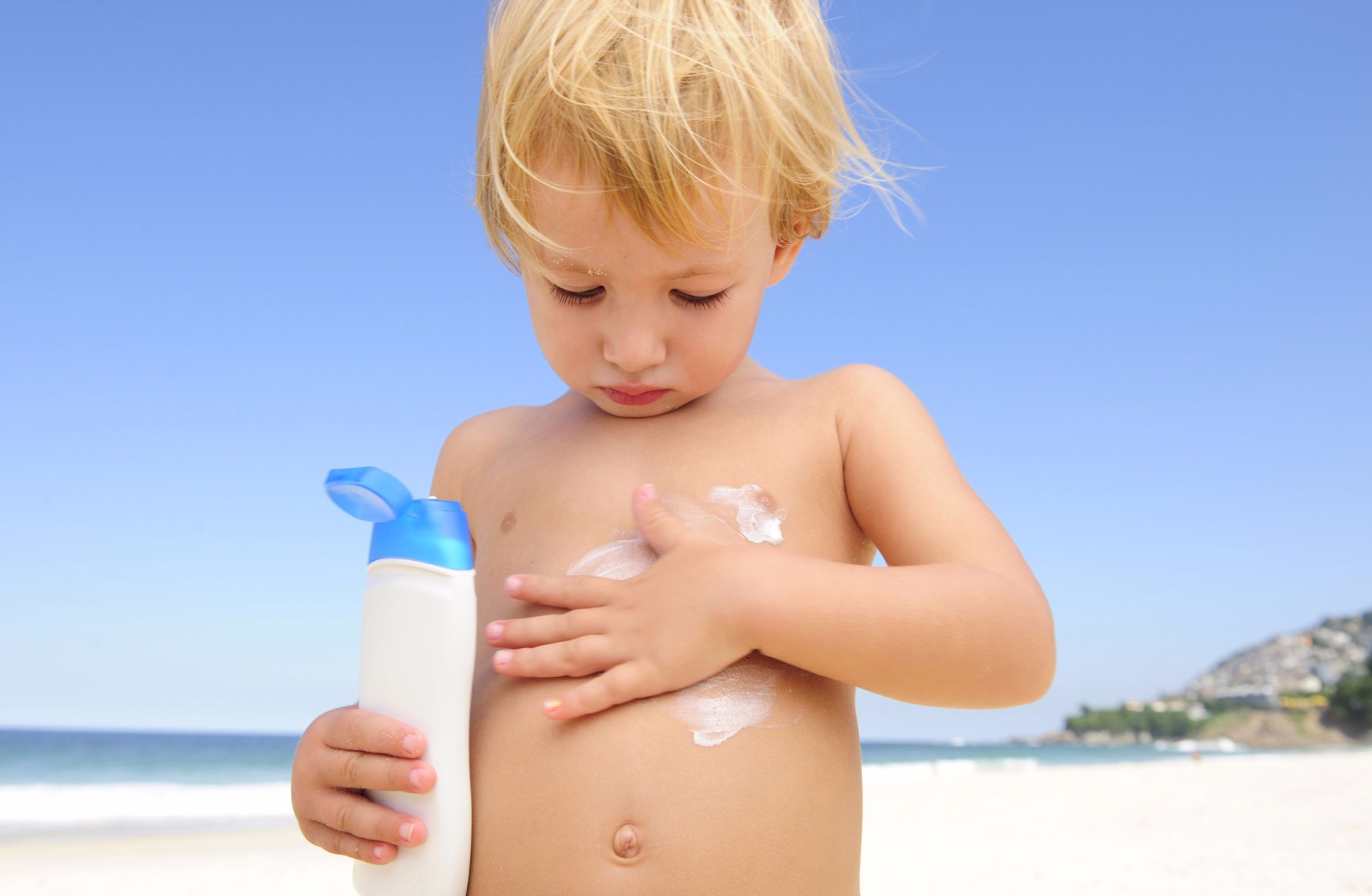It’s that time of year again when we all need to start thinking about protecting our skin from the sun. Although Shanghai might not get the harshest of rays, the sun can still be harmful. Here are some facts and tips to help you get through the summer looking a little less red than years past.
Those sunny days in the summer may be beautiful, but they can also be very harmful to your body. Skin protection is key in hot months and it’s important to understand how to best shield yourself and your family to avoid both short- and long-term affects from the sun.
Sometimes it can be tricky knowing how harmful the sun is on any given day. Besides temperature and brightness, the UV index is the best indicator. The UV Index, or ultraviolet index, is an international standard measurement of the sun’s radiation throughout a day, numbers that are usually supplied by reliable weather websites. At night, an index of zero means there is no risk of UV irradiation, while an index of 10 typically corresponds with a summer sun at lunchtime. However, the closer you get to the equator, the greater the chances of encountering a reading of 10 or higher – and a much higher risk of sunburn. A quick way to guesstimate UV exposure is to use the shadow rule: if your shadow is shorter than you, your UV exposure is high.
How to protect yourself
Sun protection factor, better known as SPF, is commonly misunderstood. It refers to the length of time it will take you to sunburn after application to your skin. For example, if you apply SPF 30 sun block or sunscreen, it should take approximately 30 times longer for you to burn than if you were not wearing any at all. SPF ratings refer to protection against UVB rays only and they do not protect against UVA rays that penetrate deeper into the skin, although some sunscreens do.
When shopping for a sun protection, make sure it has a SPF of at least 15 and is labeled as ‘broad spectrum.’ If used as directed and reapplied when necessary, it will reduce the risk of cancer, early skin aging and sunburn. For best results, apply sun protection to exposed skin 30 minutes before going into the sun, and then reapply every two hours you remain outdoors.
Water-resistant and sweat-proof products are not completely waterproof. Depending on the brand, they provide protection for anywhere from 30 to 90 minutes in the water or playing beach volleyball. Like all sun blocks/sunscreens, reapply often after drying the skin.
If your skin burns or stings when you put on sunblock, this means you’re probably already sunburned. I cannot stress how important it is to apply sun protection before going into the sun, especially on the nose, lips, ears, neck and even scalp. Read the label carefully and make sure you are slathering enough on. Sun-block or sunscreen is often less effective because it is applied incorrectly.
Already sunburned?
Start by placing cool cloths on the affected areas; cool showers or baths will also help. Aloe vera lotion can be applied directly to sunburned areas. For more severe burns, topical steroids like 1 percent hydrocortisone cream may help with pain and swelling, although these are unsuitable for young children.
Sunburns may cause headaches, dehydration or even fever, so drink lots of fluids and rest in a cool room for relief. Aspirin may relieve the pain for adults. Your skin may peel after getting sunburned, and unfortunately, there is little to be done to stop this from happening. In fact, peeling is part of the healing process. To relieve itching, apply aloe vera lotion.
Dr. Guo Chunying is a Chair of Dermatology and Dermatologist at Shanghai United Family Hospital and Clinics.


















